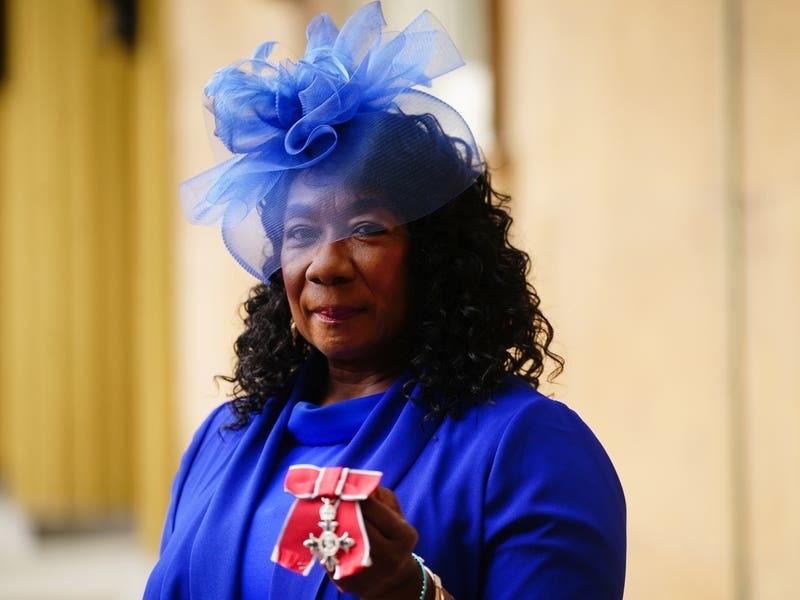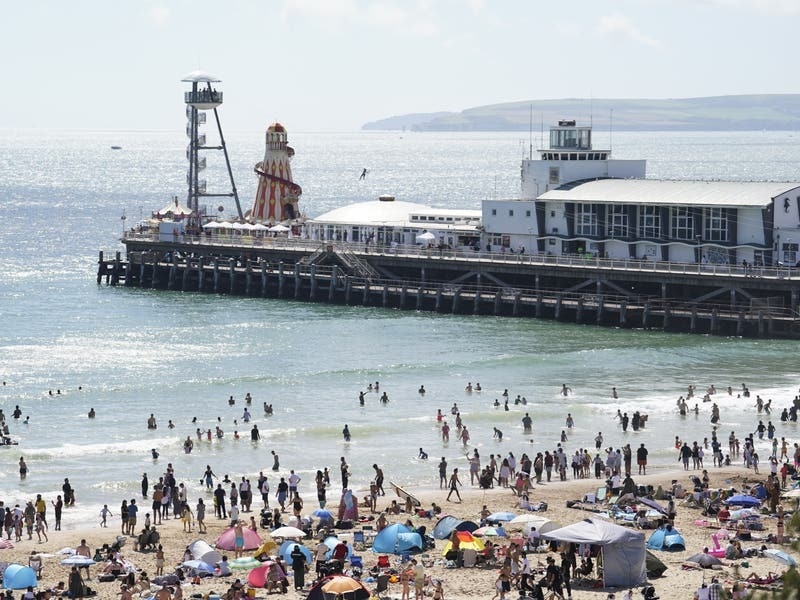The public is being asked to share knowledge of England’s forgotten, secret or little-known memorials, from murals and shrines to statues and inscriptions on benches and trees.
The hunt for information about local monuments, street shrines and community tributes is part of a project, called Immortalised, by heritage body Historic England looking at who is remembered and how.
It comes as challenges to memorials of figures such as imperialist Cecil Rhodes and slave-trader Edward Colston, and the absence of representations of women and ethnic minorities in English cities puts the subject under the spotlight.

The survey also revealed the ways people would like to be remembered after they die, finding four in 10 want a tree planted in their memory, 16% a bench in a special place and 11% a plaque and a third do not want to be commemorated.
Historic England is asking for photographs and information from the public about lesser-known memorials or those well-loved by communities but unknown on a national level, and about rituals and activities linked with them.
The stories and pictures will be recorded to be included in an exhibition as part of the Immortalised project which will also feature a debate, events and a design competition.

Memorials around the country include one in Southampton to engineers who died on the Titanic, and to Grace Darling, who famously rescued survivors of a shipwreck off the Northumberland coast, in a churchyard in Bamburgh.
In London a mural commemorates the Battle of Cable Street against fascists in 1936, while the Women of Steel statue in Sheffield remembers women who took jobs in factories and mills during the two world wars.

Historic England is particularly interested in finding out about how people create unofficial memorials in their community, such as the commemoration of heroin users made of spoons, placed high on a wall in a public place near Mount Pleasant in London, with each spoon said to represent “a lost soul”.
Duncan Wilson, chief executive of Historic England, said: “We are creatures of memory, and every generation has commemorated people in the built environment.
“Their stories may involve episodes of heroism or generosity and be inspirational, or they may involve episodes which are shameful by today’s standards. They all tell us something about the lives of our ancestors.”
He said one of Historic England’s most important jobs was to identify and share information about what is embedded in England’s public areas to help people understand and value their local historic environment.
“Exploring the stories and histories of less well-known people and groups is an important part of this, and that’s what today’s call out to the public is all about.”






